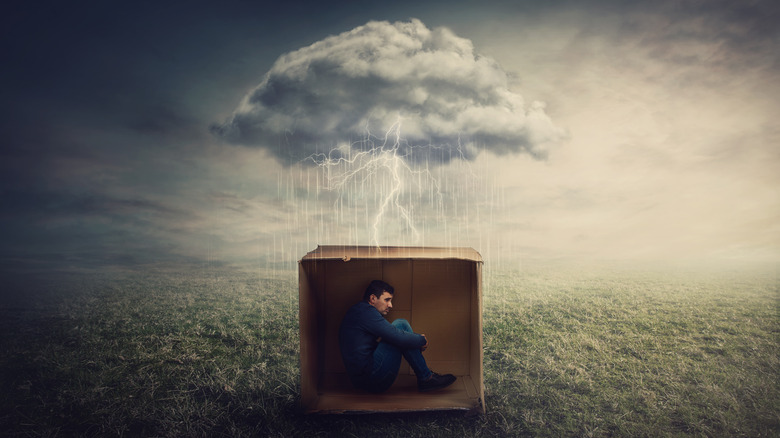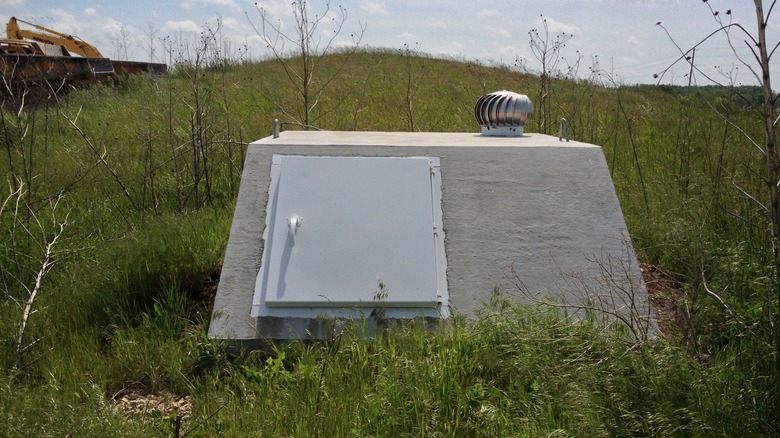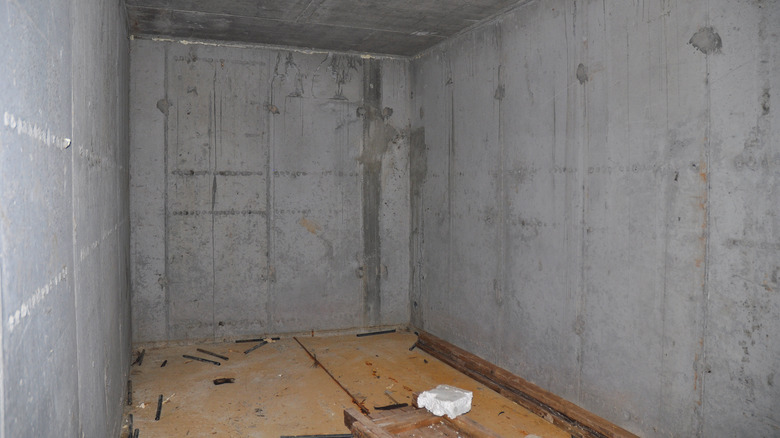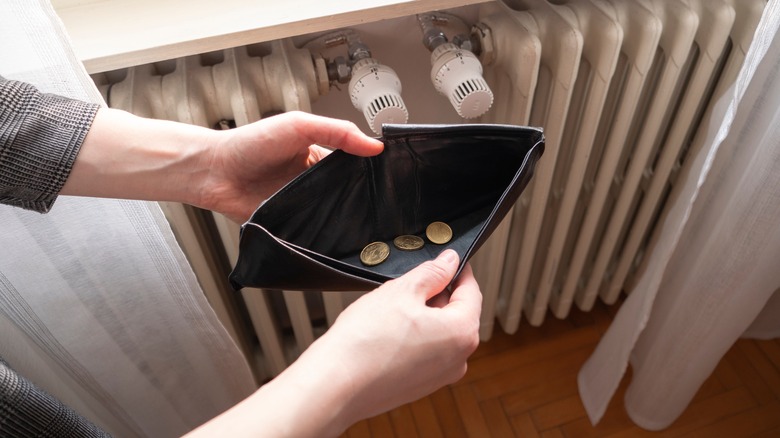3 Things To Consider When Building A Storm Shed
If you live in an area prone to harsh weather conditions, a storm shed may be worth looking into. Family Safe explains that when severe weather or a natural disaster hits your area, your home is at risk of facing a significant amount of damage. Along with the damage to your home, you and your family are also put in harm's way. With a storm shed, however, you can ensure the safety of you and your family regardless of the conditions that surround you.
Beyond simply protecting your family, Family Safe further shows the variety of benefits that accompany the installation of a storm shed on your property. For instance, the easy access. Depending on where you live, your community may have a public storm shelter that anyone can use in the case of an emergency. Although a community storm shelter can still keep you and your family safe, having a personal storm shed on your property nearly diminishes the exposure you would have while locating your nearest community storm shelter. Installing a storm shed for yourself also allows you to personalize it with whatever you and your family may need, including storing valuable, emergency, and sustainable items. If you think a storm shed is just what your home needs, join us in examining a few things you should consider before installing one on your property.
1. In-ground or above-ground
One of the first things you must consider before investing in a storm shed is whether to install an in-ground or above-ground shelter. Atlas Safe Rooms claims there are a variety of benefits to each of these types of shelters.
In-ground shelters are most commonly seen during the event of a tornado. Although this kind of shelter may seem nearly identical to a basement, its design and use are far beyond your average home basement. First and foremost, in-ground shelters are more often than not positioned outside of your home or underneath your garage. In-ground shelters are also made of metal or steel, unlike your traditional concrete or masonry basement (per Designing Idea). Because your in-ground shelter will be made from these durable materials, you can also ensure safety and stability from high winds that are produced during a tornado. Unfortunately, Atlas Safe Rooms shares that most in-ground shelters are not waterproof, which can cause a new series of dangers in heavy rain or flooding.
Fortunately, there is another option. Atlas Safe Rooms claims that above-ground shelters are water-resistant. They can also be placed directly inside your home, for example, in your garage, basement, or even a closet, as well as outside. Although an above-ground shelter may not be as sturdy as the in-ground shelter, you never risk being trapped inside due to its modular design that allows any position to act as an exit when necessary.
2. Size and locations
Once you have determined the best type of storm shed for you and your family, you must determine the size and location of the shed. Tornado Alley Armor recommends having at least 3 square feet of floor space per person within your shelter; however, you may wish to opt for more. For example, you may want extra space to sit down, store food or other emergency supplies, or even accommodate any pets you have. Another important aspect regarding the size of your storm shed is the height. For comfort and safety reasons, it is best to have enough space to stand; therefore, it should match the height of you and your family members.
Once the size of your storm shed has been determined, you can start finding the perfect location to install your storm shed. EF5 Tornado Shelters explains that regardless of the exact location, it must be easy to access. Although the size of the shed also needs to be accounted for, it's essential that you can access the shed quickly and safely. If you need to go outside to access the shed, be aware of the dangers that may affect your quick and safe route to the shelter, such as falling trees or flying debris.
3. Cost
After planning out how big you want to make your shelter and the exact location you wish to install it, it's as imperative that you examine the price before diving head first into the project. Especially when you need to hire a team of professionals to help you complete the task, home improvements and additions can become extremely costly. FIXR claims that all things considered, you should expect to spend between $2,100 and $18,550 to install a storm shed onto your property. Most people, however, only spend about $5,800.
If you have your heart set on an in-ground storm shed, you should expect to pay between $4,300 and $17,000 for an average structure. FIXR further explains that in-ground storm sheds cost more than an average above-ground shelter due to the extra preparation that is needed to put the shelter into the ground. Keep in mind, however, that in-ground storm sheds are naturally more spacious and can hold more people because they don't take up any ground space. If you're interested in an above-ground shelter, you're looking at a somewhat smaller cost ranging between $2,800 and $15,500. Although installing these structures does not cost as much, the larger an above-ground shelter is made, the more space inside or outside of your home it will take up. Although the above-ground shelter is less expensive, it may benefit you and your home to spend a little more for a larger in-ground safe space.



